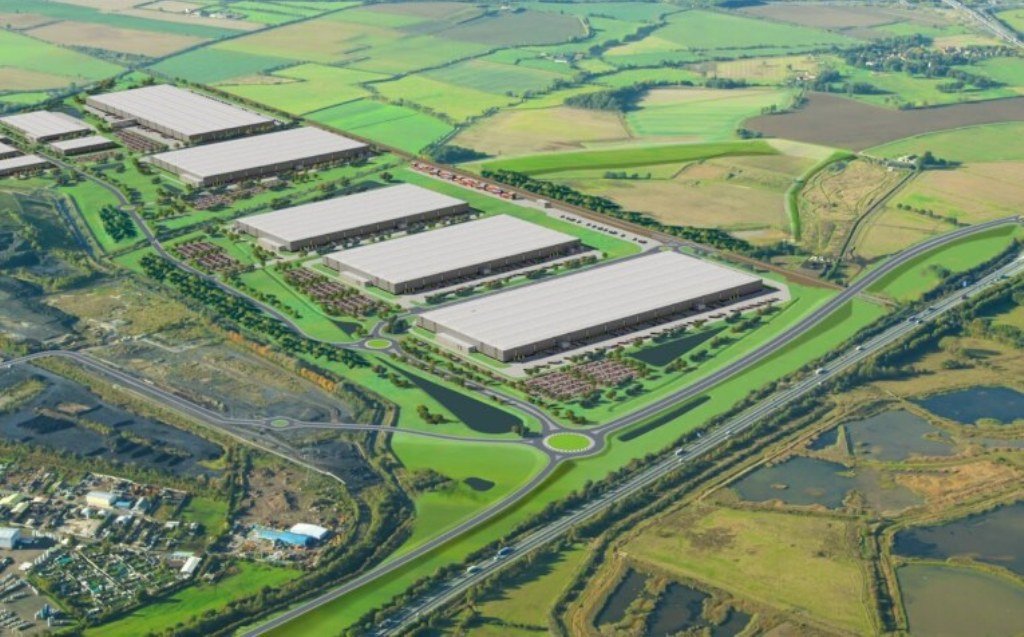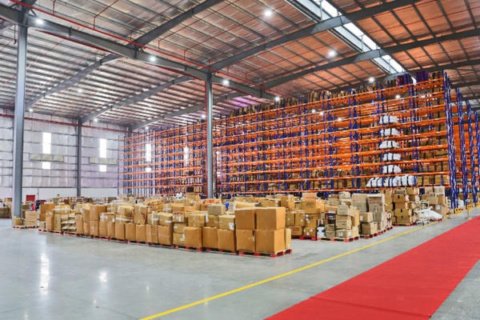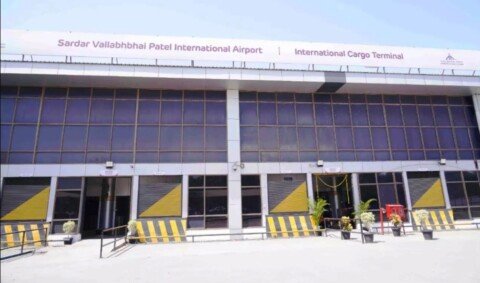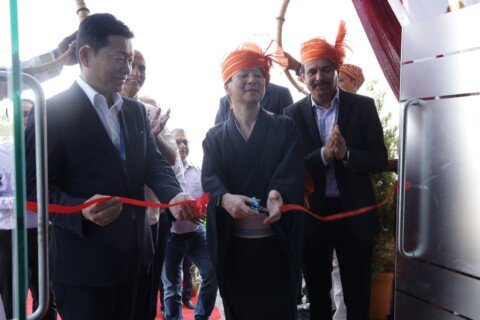Industrial and warehousing space absorption stood at 44 mn sq ft in 2021 to include 35.1 mn sq ft from tier I cities and 8.6 mn sq ft from tier II and III cities, as per data released by International real-estate advisory firm Savills India. In spite of COVID restrictions and lockdowns impacting construction activities, India witnessed a fresh supply of 45 mn sq ft in 2021, where 36 mn sq ft was from tier I cities and 8.9 mn sq ft from tier II and III cities.
Similar to 2020, 3PL and e-commerce sectors continued to drive warehousing demand accounting 62% of the total absorption in 2021, followed by manufacturing sector at 14%. Among the major cities in India, Delhi NCR led with the highest absorption in 2021 at 18% followed by Pune at 15%. Mumbai and Bangalore saw absorptions at 14% and 11% respectively, while tier II and III cities accounted for 20%.
In addition, the tier II and III cities such as Rajpura, Lucknow, Coimbatore, Jaipur, Guwahati, Bhubaneswar, Nagpur, Kochi/Ernakulam, Indore, Hosur, and Patna witnessed around 8.6 mn sq ft of absorption in 2021. These cities are poised to gain further momentum in 2022 and 2023 with e-commerce and 3PL firm capitalising on consumption-driven growth and pushing the demand for warehousing space.
The overall industrial and warehousing space stock in tier I cities is at 266 mn sq ft at end of 2021 and is expected to reach 304 mn sq ft in 2022 and 345 mn sq ft in 2023. Meanwhile, vacancy levels in tier I cities have increased from 8.4% in 2020 to 9.4% in 2021 and rental values remained stable in 2021 across the major cities with new projects delivered with improved specifications and of high quality environmental, health & safety (EHS) standards.
The market witnessed 4,200 plus acres of manufacturing and warehousing land transactions across tier I and II cities of which 51% was private land and 49% was government land.
“Work From Home and social distancing norms have further fuelled the e-commerce demand and therefore growth of the Indian logistics and warehousing sector. Rising popularity of quick commerce companies and e-commerce companies focussing on
improving the delivery time and customer experience will result into rapid growth of urban warehousing. Recent reforms announced by the government in tightening import regulations, subsidies in terms of Performance Linked Incentives (PLIs) to attract foreign capital and companies mulling over “China-Plus-one” strategy triggered due to COVID outbreak have resulted into a major transformation in the Indian manufacturing sector. Besides, strong macro-economic fundamentals, government initiatives favouring infrastructure development in transport, water, power and communications and support to the growing sectors are likely to drive manufacturing and warehousing demand in India in 2022,” said Srinivas N, Managing Director- Industrial and Logistics, Savills India.
The report further highlights that the industrial and logistics sector witnessed investments exceeding US$1.5 billion in 2021 making the sector the highest after the office sector to attract such investments. Continued interest in this asset class was due
to its growth potential and stable returns. The market is likely to witness continued and growing interest from investors in this asset class in 2022 as well.
Industrial and logistics properties, especially warehouses, have been at the top of the investors’ list for a while now. The sector will continue to tap into megatrends such as the growth of e-commerce and every market in the region is under-supplied with
modern logistics space. Existing growth potential, the government’s clear strategy and India’s cost advantage are helping to attract sizeable foreign investment into the manufacturing, logistics and warehousing sectors.
According to Savills India, growing demand for warehouse space for manufacturing, e-commerce and organised retail are likely to drive warehousing demand in 2022. Besides, Warehousing policy envisaged by NHAI would be out in 2022, which aims to
develop warehousing zones on the National Highways Authority of India (NHAI) land banks under Public Private Partnership (PPP) mode, proposed national logistics policy by department of commerce likely to ease the logistics bottlenecks and development of Multimodal Logistics Parks (MMLPs) will certainly push the growth of warehousing in the country. The market is likely to see absorption in excess of 40 mn sq.ft (including tier I, II and III cities) in 2022. On the supply side, Savills India expects around 45+ mn sq ft during the same period.







